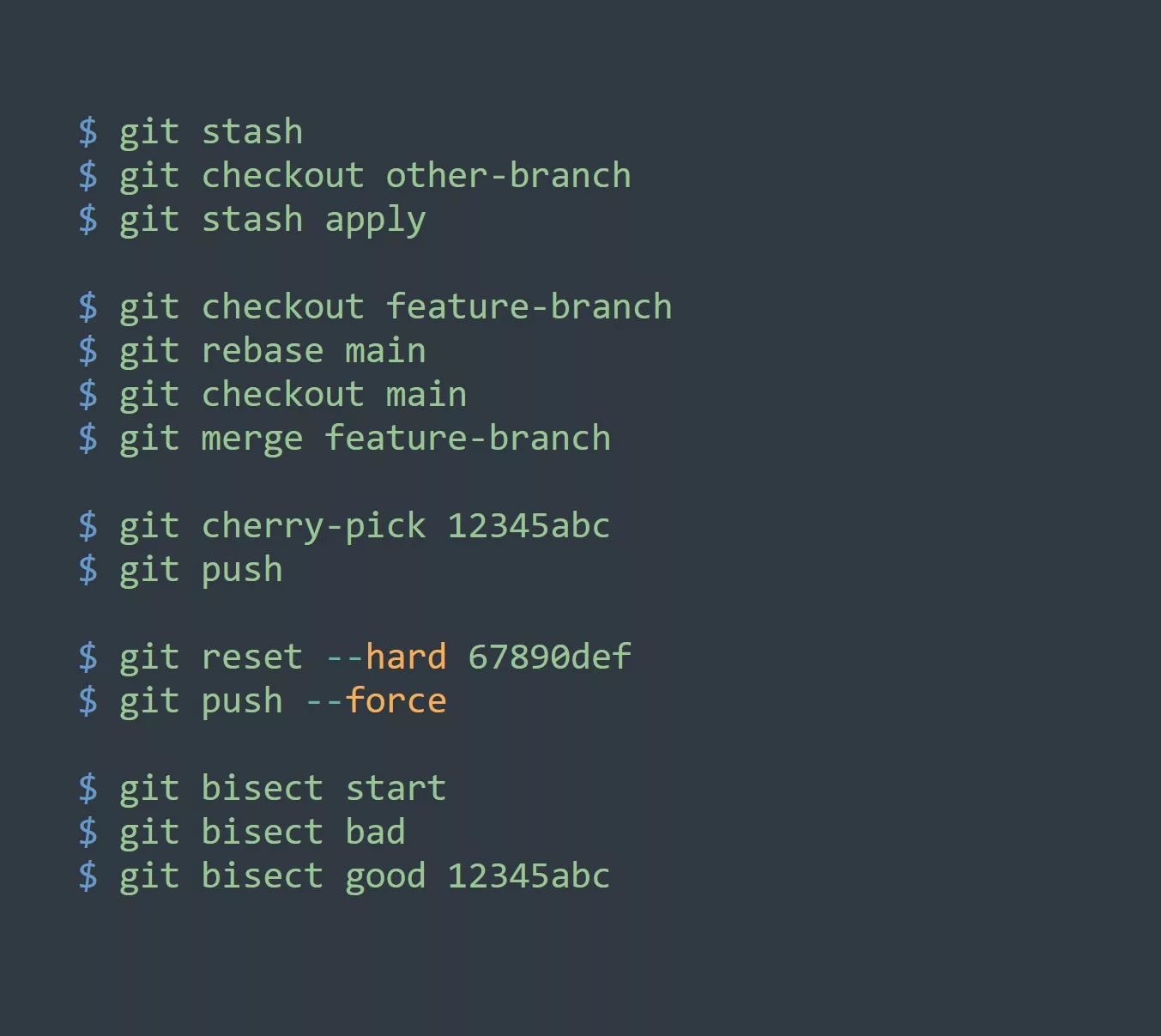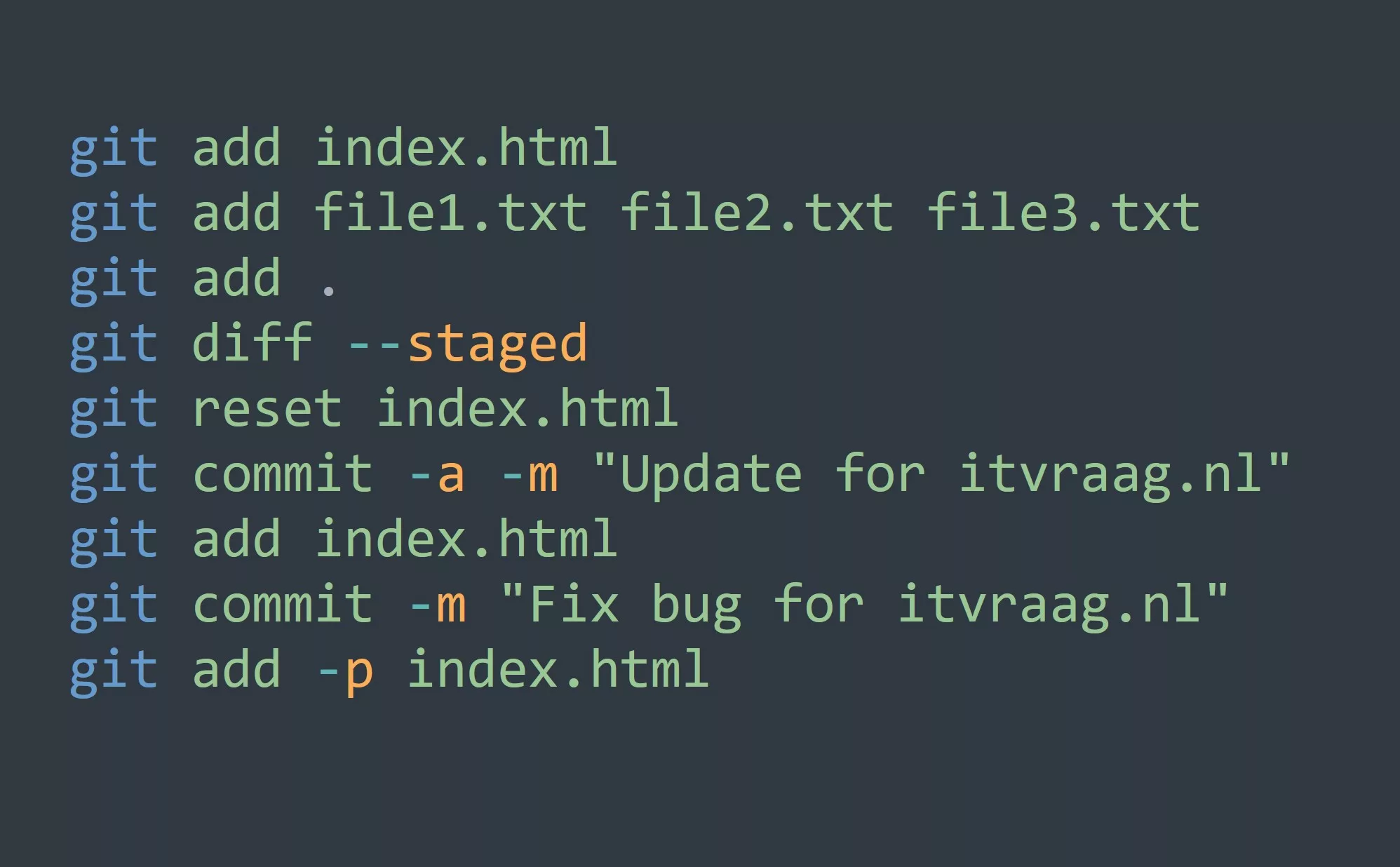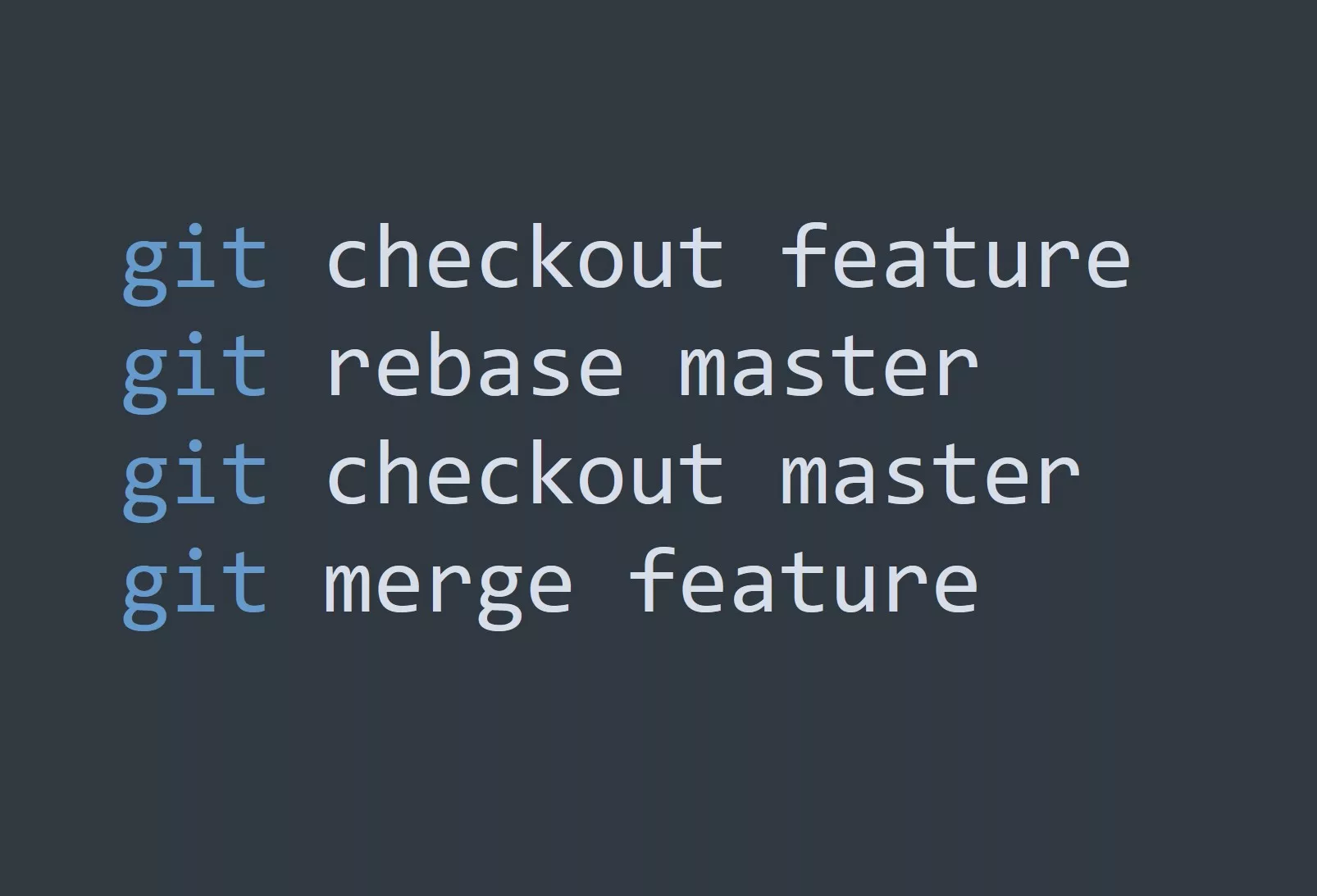Gitconfig is a configuration file for the Git version control system. It allows you to customize your Git settings and preferences, and can be used to improve your productivity and efficiency when working with Git. Here are 10 things you might not have known you could do with gitconfig:
1. Set your default editor
By default, Git uses Vim as its default editor. If you prefer to use a different editor, you can set it in your gitconfig file like this:
[core]
editor = emacs
You can also use this to set the default editor for specific file types, like this:
[core]
editor = emacs
[diff]
tool = meld
2. Set your default merge tool
Git also allows you to specify a default merge tool to use when resolving conflicts. For example, if you prefer to use KDiff3 as your merge tool, you can set it in your gitconfig like this:
[merge]
tool = kdiff3
3. Set your default push behavior
By default, Git pushes all branches that have the same name on both the local and remote repositories. You can change this behavior by setting the push.default option in your gitconfig file. For example, to only push the current branch, you can use the following setting:
[push]
default = current
4. Set your default branch name
When you create a new branch, Git will automatically name it based on the current branch. However, you can specify a different default branch name in your gitconfig file like this:
[init]
defaultBranch = develop
5. Set your default commit message template
Git allows you to specify a default commit message template, which can be helpful for enforcing a consistent commit message style across your team. For example, you can set the following template in your gitconfig file:
[commit]
template = ~/.gitmessage
6. Set your default diff tool
Similar to the default merge tool, you can also specify a default diff tool to use when comparing changes in Git. For example, to use Meld as your diff tool, you can set it in your gitconfig like this:
[diff]
tool = meld
7. Set your default username and email
Git uses your username and email to identify you as the author of a commit. You can set your default username and email in your gitconfig file like this:
[user]
name = itvraag
email = fornerds@itvraag.nl
8. Set your default remote repository
If you frequently push to the same remote repository, you can set it as your default in your gitconfig file like this:
[remote "origin"]
url = git@github.com:myusername/myrepo.git
9. Set your default alias for Git commands
Git allows you to create aliases for common Git commands, which can save you time and improve your efficiency. For example, you can set an alias for the git log command like this:
[alias]
lg = log --graph --pretty=format
10. Set your default ignore file
Git allows you to specify a default ignore file, which is a list of patterns that Git will ignore when tracking changes. This is useful for ignoring files that are specific to your local environment or are not relevant to your project. For example, you can set your default ignore file like this:
[core]
excludesfile = ~/.gitignore_global
Key points to remember
- Gitconfig is a configuration file for Git that allows you to customize your Git settings and preferences
- Gitconfig can be used to set your default editor, merge tool, push behavior, commit message template, diff tool, username and email, remote repository, and aliases
- Gitconfig can also be used to set your default ignore file



